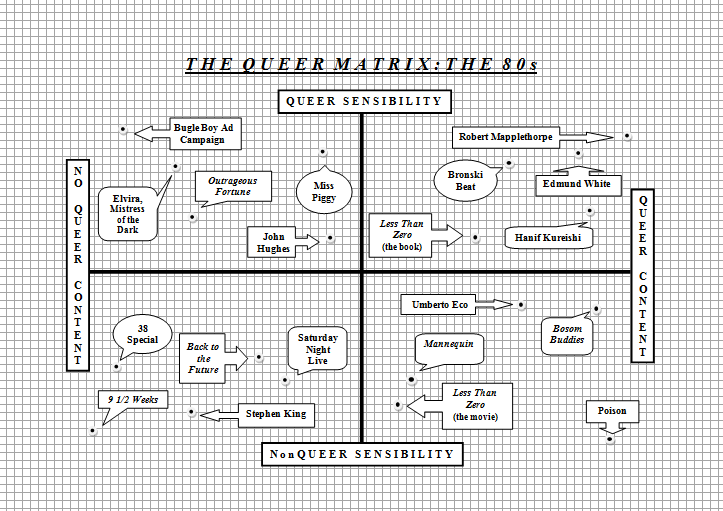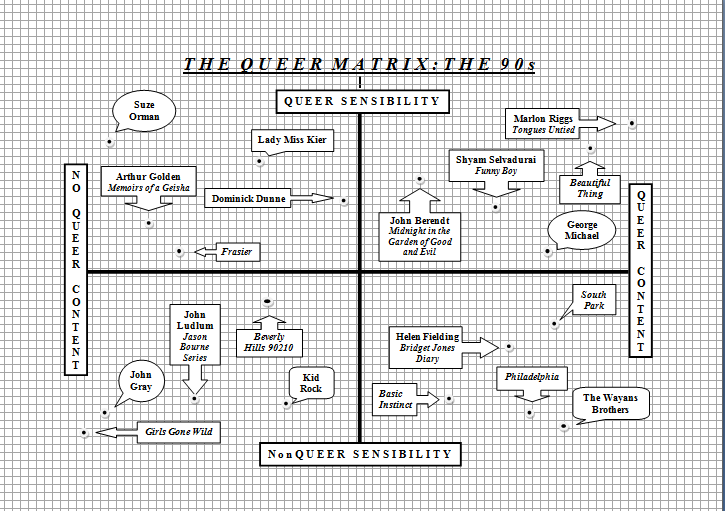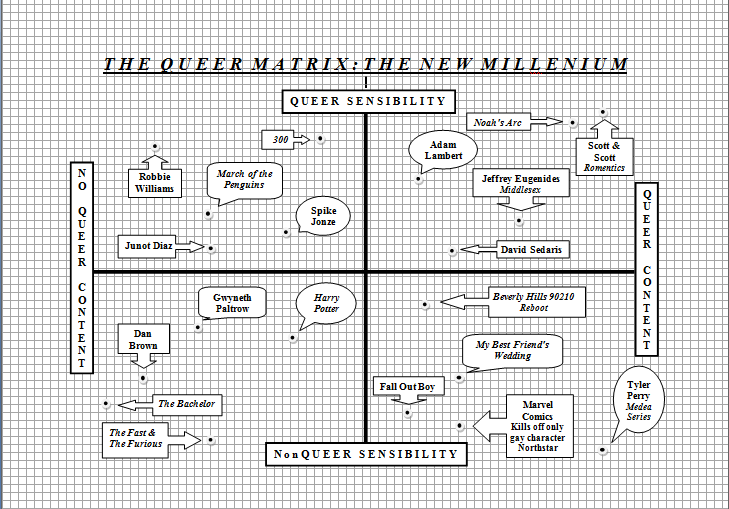So this was supposed to be the week I got a lot of writing done. I knew there’d be Thanksgiving dinner prep work to do, but I figured I’d have at least two full days free and clear.
Then, the sinus infection.
I spiked a fever over the weekend, went to the doctor on Monday and started a prescription for an antibiotic. I’ve still gotten some writing done here and there even if it’s not as much as I would’ve liked. Lessee…I’m over 50K with my re-write, up to page 154 of 198, and Richard and Rafi are having a blowup over Richard’s training as an angel. Fight scenes are fun to write, especially from the Richard’s point of view. He’s a headstrong 22 year old who thinks he knows everything about life. After this scene, I’m predicting smooth sailing writing-wise to the end of Part II in the novel. Working on Part III during Xmas vacation? We’ll see.
I also got my copy of Ganymede Stories One over the weekend. Very cool to see THE VAIN PRINCE in print. The anthology includes stories by thirteen gay male writers and reprints by Robert Louis Stevenson (The Adventure of the Hanson Cab) and Oscar Wilde (Lord Arthur Savile’s Crime). The distinctly grandiose British language in the latter two is a trip. As I read them, I kept thinking about the conventional writing wisdom: “show, don’t tell” and “be sparing with your use of adjectives and adverbs.” How our literary tastes have changed! But I think RLS and Wilde both have a great sense of dialogue which teaches us something about the craft of writing today.
For me, the other stand-outs from the anthology are Eric Karl Anderson’s Beauty Number Two and Sam Miller’s Breaking the Bough. Anderson’s piece is about an upwardly-mobile, “domesticated” gay man in Los Angeles who is drawn to an HIV-positive leather daddy. His casual curiosity turns into sexual obsession and a potentially dangerous encounter. This story stayed with me for days though it was difficult to read. I found the main character, his partner and their circle of friends entirely unlikeable. They’re materialistic, looks-obsessed, bitchy queens, and it was hard for me to get behind such a brutal depiction of gay men. In my mind, there are two dangers in writing such a portrayal, but I think Anderson transcends both of them in a rather spectacular way. First, you could end up with a piece where the characters are so one-dimensional or villainized that no one cares about them. Second, a more insidious danger is when the only context for the flawed characters is oppression, thereby multiplying the unlikeability of the characters by a factor of victimhood. The Boys in the Band and Brokeback Mountain used the latter disastrous formula which is why I can’t stand watching either film. IMHO, Anderson narrowly escapes either trap by showing us another side of his self-absorbed, cheating protagonist in a single, unexpected moment (I won’t give it away).
My other favorite Breaking the Bough also deals with gay domestic themes though of a decidedly modern variety. Will and Ted have just moved into an apartment in Harlem with their daughter Lily and Lily’s lesbian birthmother Fannie. The story is essentially about Will’s fear of losing Lily despite he and Ted’s carefully brokered arrangement with Fannie. For me, the subject of gay families evokes a wealth of opportunities for conflict, drama and fresh points of view, but what I especially liked about Miller’s piece was his use of setting as a catalyst for character development. Will is a well-meaning, culturally-exposed guy, but like most of us white, middle class folks, he has some racial hang-ups. Miller handles Will’s internal conflict about living in a low income, Black neighborhood with subtlety and realism. When discussing the problem of garbage-littered streets, Will offers to Ted: “It gives the neighborhood character.” To which Ted replies: “It’s so like you to romanticize squalor.” Those little details are what I really enjoyed in this piece in addition to the allegorical and suspenseful subplot about an arsonist at large in the neighborhood.



